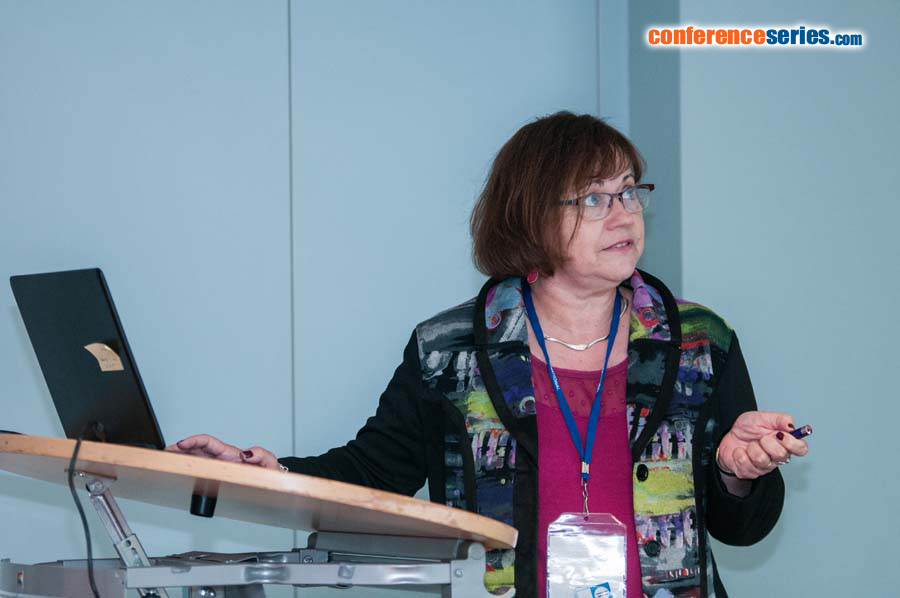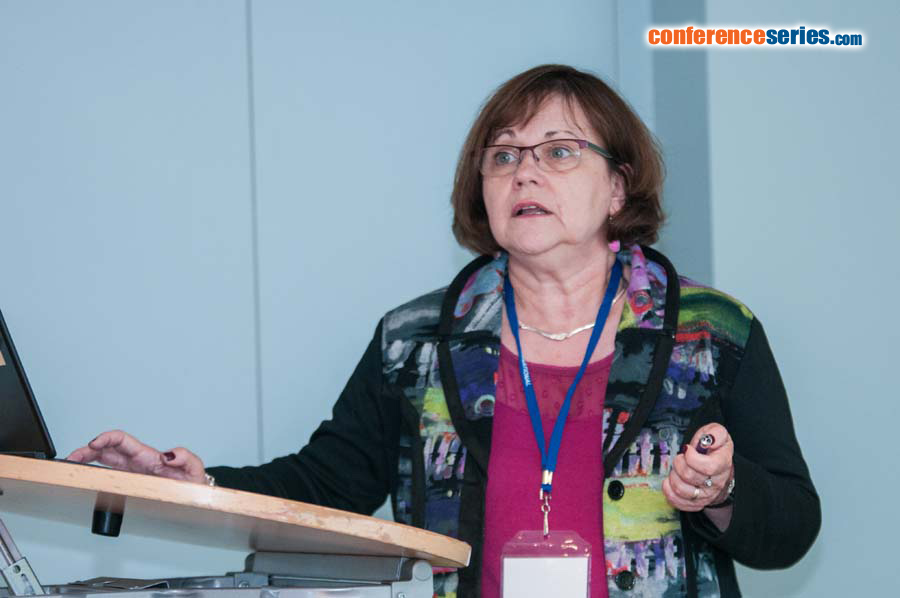Chasserot-Golaz Sylvette
Institute of Cellular and Integrative Neurosciences, France
Title: Actin and annexin A2: Essential partners of neuroendocrine secretion
Biography
Biography: Chasserot-Golaz Sylvette
Abstract
The neuroendocrine system depends on elaborate cellular communication provided by intense membrane trafficking. Calcium regulated exocytosis results in the release of molecules such as neurotransmitters and hormones contained in secretory granules. In neuroendocrine cells, the recruitment and subsequent fusion of secretory granules at the plasma membrane occur at specific sites dedicated to exocytosis. Annexin A2 was the first protein identified at these exocytotic sites in chromaffin cells. It binds two major actors of exocytosis, actin and phospholipids and mediates the formation of lipid microdomains required for the spatial organization of fusion sites at the plasma membrane. To understand how annexin A2 promotes this membrane remodeling, the involvement of cortical actin filaments in lipid domain organization was investigated. Electron tomography of chromaffin cells, together with amperometric measurements of single cell catecholamine release showed that cortical actin bundled by annexin A2 connects docked secretory granules to the plasma membrane and contributes to the formation of GM1-enriched lipid microdomains at exocytotic sites. When an annexin A2 mutant with impaired actin filament-bundling activity was expressed, the formation of plasma membrane lipid microdomains and the number of docked granules decreased and fusion kinetics slower, whereas the pharmacological activation of the intrinsic actin-bundling activity of endogenous annexin A2 had the opposite effects. Thus, annexin A2-induced actin bundling is essential for generating active exocytotic sites. Our results reveal that annexin A2 and the actin cytoskeleton are essential partners in the formation of lipid platforms for granule docking and fusion. This challenges the classical passive role depicted for the cortical actin cytoskeleton in calcium-dependent exocytosis and represents a major advance in our understanding of neuroendocrine secretion.



